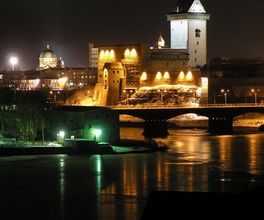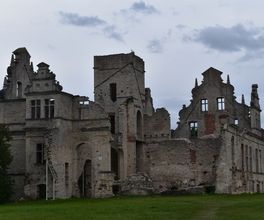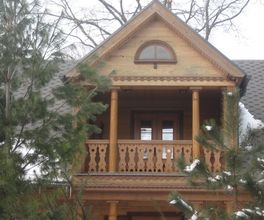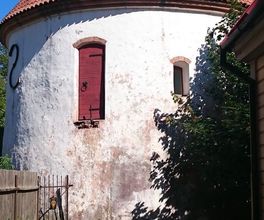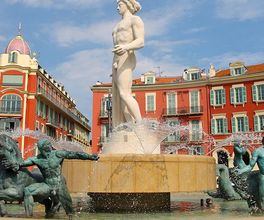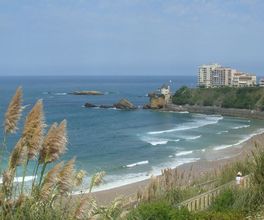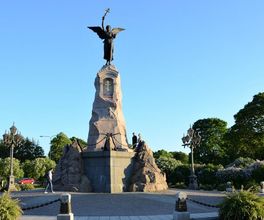


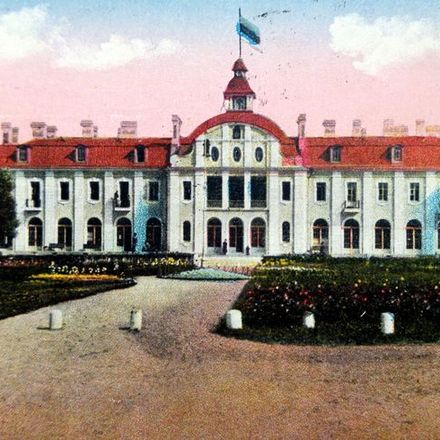

About this experience
During the excursion to the ancient and rich Gungervurg, known as a resort in imperial times, you will immerse yourself in the era of the brilliant 19th century. Members of the imperial family, famous artists, poets, and writers loved to spend their vacations here. You will learn about the history of Narva-Jõesuu, walk around the complex, see ancient artifacts, and examine illustrative materials that will help you better imagine the atmosphere of the resort's aristocratic idyll.
What to Expect
The Atmosphere of the Resort Idyll of the Russian Intelligentsia
In the early 20th century, it was said: "If you haven't been to Gungervurg in the summer, where the cream of the Russian intelligentsia gathered, then you haven't had a summer at all." Walking around the complex, you will easily imagine a lady in a beautiful hat adorned with a playful ribbon, hiding from the sun under a parasol, or a gentleman in an elegant suit with a bowler hat on his head, strolling through the resort filled with the dense, sweet scent of Chinese roses.
The Emergence of Gungervurg
You will learn how a small fishing village, thanks to the mayor of Narva and Adolf Gahn, a famous industrialist and politician, turned into a resort for the wealthy aristocracy of St. Petersburg and Moscow. I will tell you about the project development, in which the best local architect and a renowned landscape designer took part. We will talk about the resort's layout, the approach to choosing plant species, the artificial decorative island, as well as the masterpiece of wooden architecture, which, unfortunately, burned down in the early 20th century. During the excursion, you will explore the stone manor and beautiful carved house built on its site, on the decoration of which the famous Russian artist Ivan Bilibin worked.
Historical Milestones and Resort Guests
Imagine how many stories Narva-Jõesuu holds - at different times, writers Leskov, Goncharov, Mamin-Sibiryak, Tammsaare, artists Shishkin, Dubovsky, Meshchersky, poets Balmont, Sluchevsky, Sasha Chorny, Severianin rested here. Russian Emperor Alexander III, together with Grand Duchess Maria Feodorovna, visited Gungervurg in 1890 and laid the first stone in the famous five-domed St. Vladimir's Cathedral. During the walk, you will hear stories about how after 1918 the resort's clientele changed, and visitors started coming from Finland, Sweden, and Estonia. You will learn how in the 1930s Gungervurg became a very glamorous Estonian resort and how some mansions turned into luxurious five-star hotels.
Resort Complex Facilities
- Dr. Zaltsman-Narva-Jõesuu Sanatorium (history of famous hydro and mud therapy facilities);
- Location of the house of the chief conductor of the Mariinsky Theatre E. Napravnik;
- Krenholm Manufactory director's villa park E. Kolbe,
- Seaside promenade and villa "Capriccio";
- Chaikovsky's gazebo and the mansion of the founder of the Narva Art Gallery S. Lavretsov;
- House where N.S. Leskov stayed in the 1880s;
- Merchant Pantelyev's house decorated in a unique Ustyuzhna-style architecture;
- Merkool Orthodox Church;
- "Solitude" guesthouse and the house of Narva merchant Fadeev,
- Unique pavilion of D. Mamin-Sibiryak and the home of Estonian writer A.H. Tammsaare;
- Meadow park, concert hall, Dr. Krug's sanatorium tower;
- "Mon Repos" boarding house and the monument of the Gungervurg bather;
- Goncharov's villa and places where the artist I. Shishkin, the poets Sasha Chorny and Konstantin Balmont spent their vacations.
Organizational Details
During the walk, archaeological artifacts related to the history of Gungervurg, vintage postcards, jewelry, as well as apothecary bottles from famous hydrotherapy and sanatoriums of the early 20th century are displayed.
